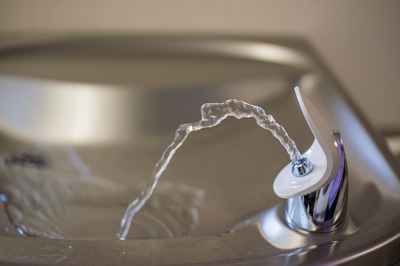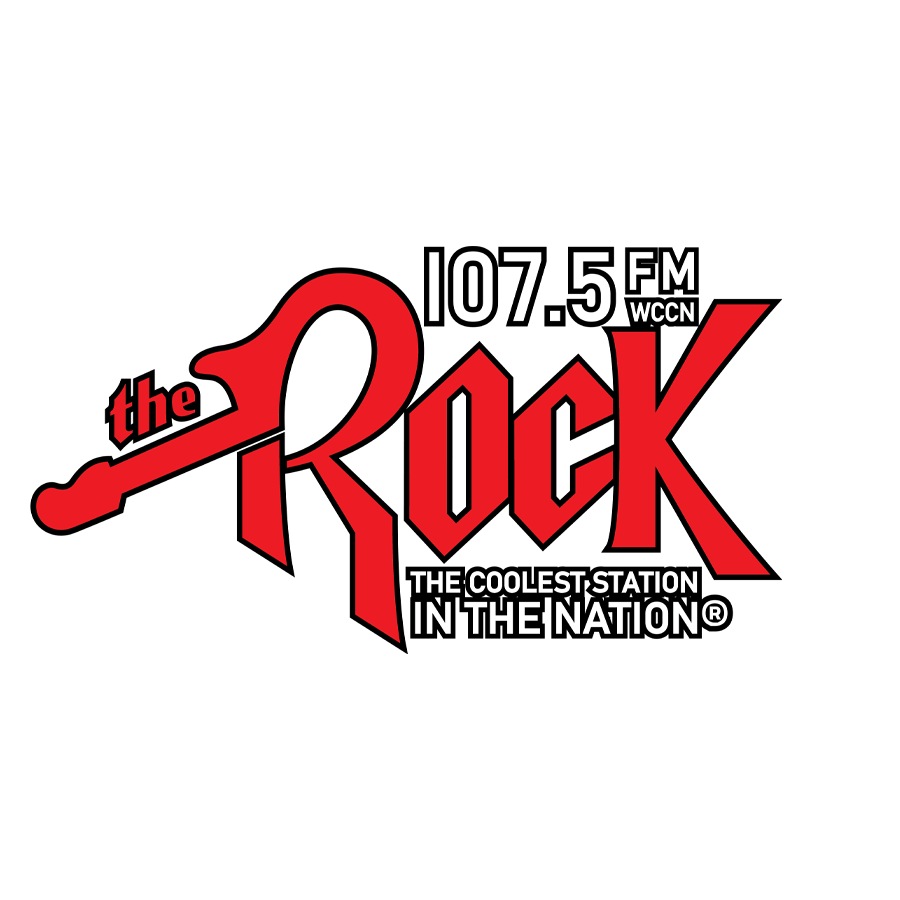Grades for Wisconsin's Public Drinking Water Systems
Wednesday, April 2nd, 2025 -- 10:00 AM

(Richelle Wilscon, Wisconsin Public Radio) Wisconsin has more public drinking water systems than any other state and now, for the first time, the grades are in.
According to Richelle Wilson with the Wisconsin Public Radio, the Wisconsin Waterworks Excellence Project recently published report cards for 570 municipal water utilities around the state, with letter grades from A to F in four major categories: quality (health), infrastructure and operations, finance and communications.
The findings were largely positive for Wisconsin communities, with the majority of water utilities receiving top marks for quality. However, the infrastructure and finance ratings had mixed results.
Manny Teodoro, a professor in the La Follette School of Public Affairs at the University of Wisconsin-Madison, is the project’s founder and lead researcher.
He told WPR’s “Wisconsin Today” that this kind of comprehensive report is only possible in Wisconsin because of the “depth and quality of data we have on water system performance.”
“You could not do this in any other state,” he said. The Wisconsin Department of Natural Resources takes thousands of water samples each year, which gives researchers like Teodoro a deep well of data to draw from.
But what’s truly unique about Wisconsin, he said, is the Public Service Commission, which was first established in 1907 and for decades has kept extensive records about infrastructure and finances across hundreds of the state’s water utilities.
Teodoro said that it’s easy to just forget about essential services like water utilities that are humming along in the background of modern life. He hopes the report cards will help to “make the invisible visible,” providing confidence to residents with high-quality water and critical information to local governments about areas in need of improvement.
“A water utility that’s operating very efficiently looks exactly the same as one that is on the verge of disaster the day before the disaster,” he said. “So what we’re trying to do is show residents and policymakers that these things are important, and try to get them on folks’ minds and their radar screens before those disasters occur.”
More than 90 percent of Wisconsin utilities earned A grades for water quality and Teodoro was quick to clarify that this was not graded on a curve. The grades for infrastructure and operations, which were grouped under one category, were mixed, with most utilities receiving a B or C. More than 20 percent of utilities received a D or F grade in infrastructure.
Nearly half of the state’s water utilities received failing marks in the communications category, which was graded on factors like having an easily available phone number for customers to call, maintaining a functional website and having a social media presence.
Feel free to contact us with questions and/or comments.




